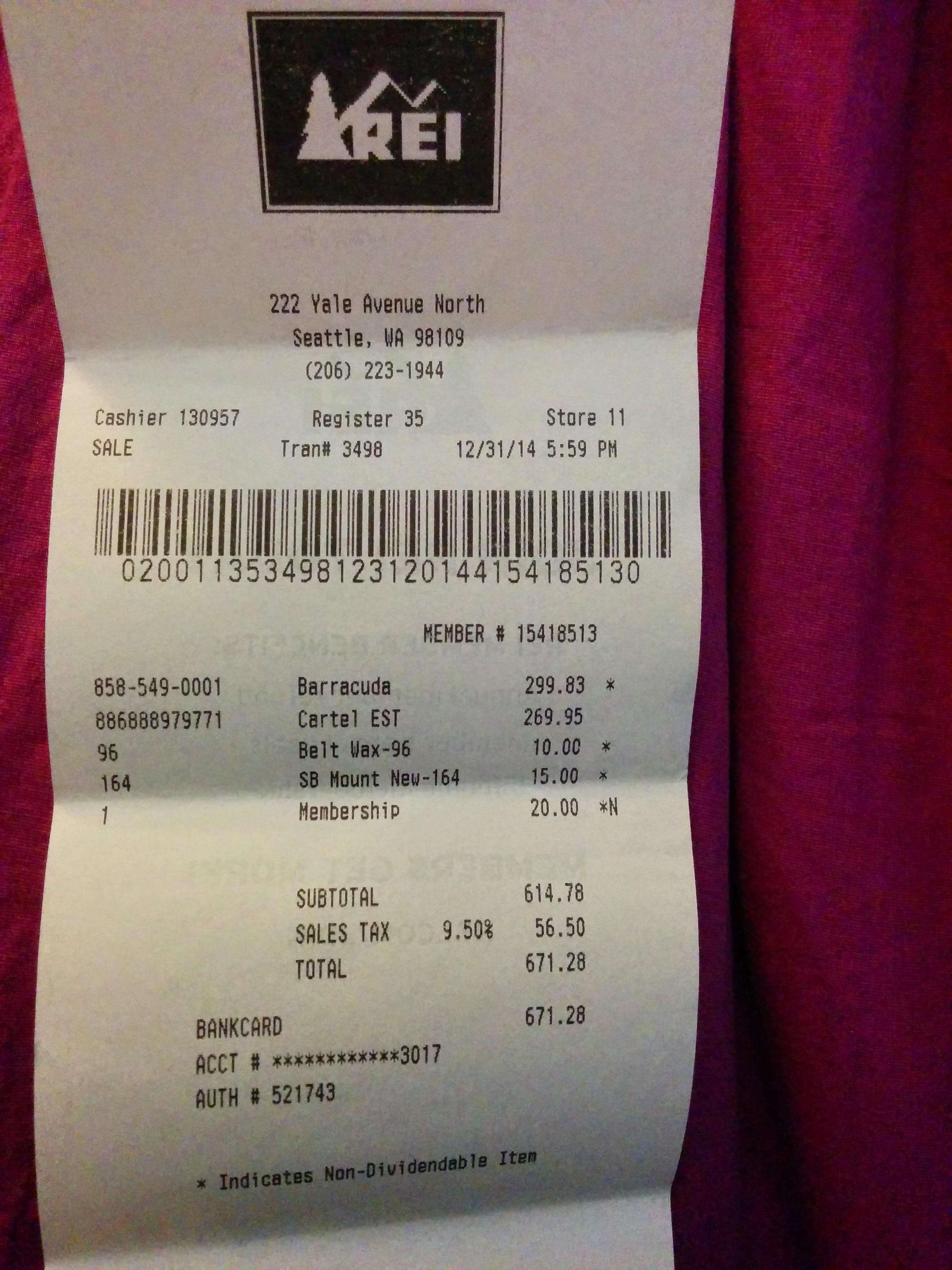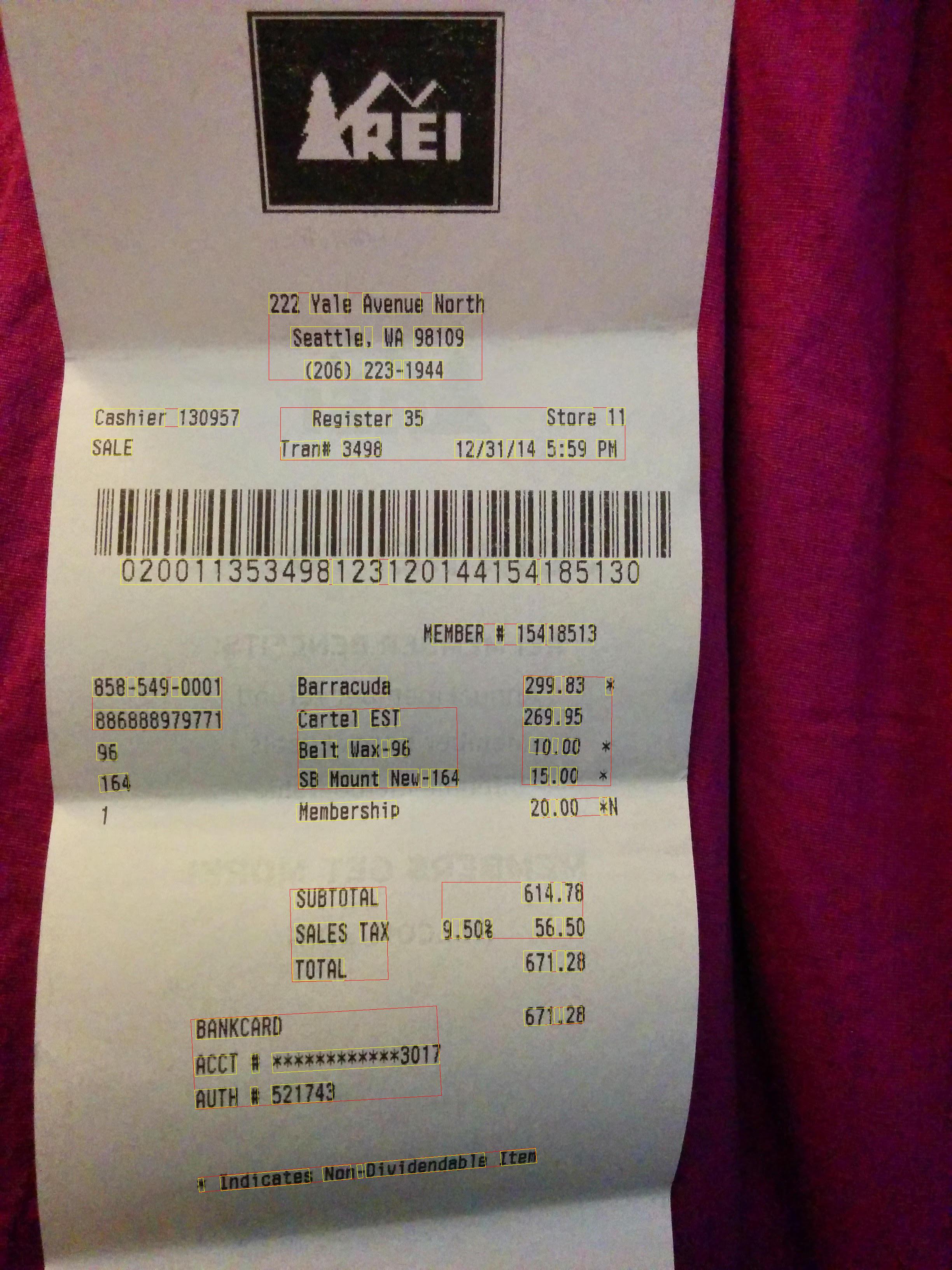受众群体
本教程旨在帮助您开发具有 Cloud Vision API 文档文本检测功能的应用。本教程假定您熟悉基本的编程结构和技术,不过,即使您是初级程序员,也应该能够毫不费力地跟随本教程进行操作,然后使用 Cloud Vision API 参考文档创建基本应用。
前提条件
- 在 Google Cloud 控制台中设置 Cloud Vision API 项目。
设置您的环境以便使用应用默认凭据。
Python
- 安装 Python。
- 安装 pip。
- 安装 Google Cloud 客户端库和 Python Imaging Library。
使用文档文本 OCR 标注图片
本教程介绍了一个可发出 DOCUMENT_TEXT_DETECTION 请求并处理 fullTextAnnotation 响应的基本 Vision API 应用。
fullTextAnnotation 是对从图片中所提取的 UTF-8 文本的结构化分层响应,其结构为“页面”→“文本块”→“段落”→“字词”→“符号”:
Page是文本块的集合,并包含页面相关的元信息:大小、分辨率(X 分辨率和 Y 分辨率可能不同)。Block表示页面的一个“逻辑”元素,例如,被文本覆盖的区域,或者列之间的图片或分隔符。文本块和表格块包含提取文本所需的主要信息。Paragraph是表示有序字词序列的结构化文本单元。默认视为字词由断字点分隔。Word是最小的文本单元。由符号数组表示。Symbol表示字符或标点符号。
fullTextAnnotation 还可以提供与请求中的图片部分匹配或完全匹配的网络图片的网址。
完整代码清单
我们建议您在阅读代码时参照 Cloud Vision API Python 参考以便理解。
此简单应用执行以下任务:
- 导入运行应用所需的库
- 获取三个参数并将它们传递给
main()函数:image_file- 要对其进行标注的输入图片文件output_file- 输出文件名,Cloud Vision 将在该文件中生成一个带有多边形的输出图片
- 创建与该服务交互的
ImageAnnotatorClient实例 - 发送请求并返回响应
- 创建输出图片(在文本周围绘制方框)
详细了解代码
导入库
导入标准库:
argparse- 允许应用接受输入文件名作为参数enum- 用于FeatureType枚举io- 用于文件输入/输出
其他导入:
google.cloud.vision库中的ImageAnnotatorClient类,用于访问 Vision API。google.cloud.vision库中的types模块,用于构建请求。PIL库中的Image和ImageDraw库用于通过输入图片上所绘制的框来创建输出图片。
运行应用
这里,我们所做的就是解析传递的参数并将其传递给 render_doc_text() 函数。
向 API 进行身份验证
您必须先使用先前获得的凭据向 Vision API 服务进行身份验证,然后才能与该服务通信。在应用中,获取凭证的最简单方法是使用应用默认凭证 (ADC)。默认情况下,Cloud 客户端库将尝试从 GOOGLE_APPLICATION_CREDENTIALS 环境变量获取凭据,该变量应设置为指向您的服务账号的 JSON 密钥文件(如需了解详情,请参阅设置服务账号)。
发出 API 请求并从响应中读取文本边界
由于我们的 Vision API 服务现已就绪,我们可以通过调用 ImageAnnotatorClient 实例的 document_text_detection 方法来访问该服务。
客户端库将对向 API 发出请求以及获得响应的相关详细信息进行封装。如需全面了解请求的结构,请参阅 Vision API 参考。
在客户端库处理完请求后,响应将包含 AnnotateImageResponse(用于列出图片标注结果,在请求中发送的每张图片各有一个结果)。我们仅在请求中发送了一张图片,因此,我们将介绍完整的 TextAnnotation,并为指定的文档特征收集边界。
运行应用
要运行该应用,您可以下载此 receipt.jpg 文件(可能需要右键点击该链接),然后将本地机器上的文件下载目标位置传递给本教程中的应用 (doctext.py)。

以下是相应的 Python 命令,后跟文本标注的输出图片。
$ python doctext.py receipt.jpg -out_file out.jpg
下图的黄色方框内为字词,红色方框内为句子。

恭喜!您已使用 Google Cloud Vision 完整文本标注功能执行了文本检测。
